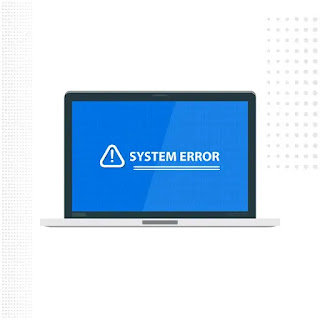Monitoring and analyzing security data is a critical aspect of cybersecurity. It allows organizations to detect and respond to potential security threats and incidents. In this article, we will discuss best practices for monitoring and analyzing security data, including setting up a Security Operations Center (SOC), monitoring network activity for suspicious behavior, and responding to security incidents. We will also include a case study and website links for reference.
Setting up a Security Operations Center (SOC)
A SOC is a centralized team that is responsible for monitoring and analyzing security data to detect and respond to potential security threats and incidents. A SOC typically includes security analysts, incident responders, and other security professionals. The SOC uses a variety of tools and techniques to monitor and analyze security data, such as security information and event management (SIEM) systems, intrusion detection systems (IDS), and vulnerability management tools.
Best Practices:
- Set up a dedicated team of security professionals to monitor and analyze security data.
- Use a variety of tools and techniques to monitor and analyze security data.
- Have a clear incident response plan in place.
Monitoring Network Activity for Suspicious Behavior
Monitoring network activity for suspicious behavior is a key aspect of monitoring and analyzing security data. This includes monitoring for unusual patterns of network activity, such as excessive traffic from a single IP address or an increase in network errors. Suspicious behavior can indicate that a security incident has occurred or that a potential threat is present.
Best Practices:
- Use network monitoring tools to monitor for suspicious behavior.
- Use intrusion detection systems (IDS) and security information and event management (SIEM) systems to detect suspicious behavior.
- Regularly review logs and other security data to identify suspicious behavior.
Responding to Security Incidents
Responding to security incidents is an essential aspect of monitoring and analyzing security data. This includes identifying the scope of an incident, containing the incident, and taking steps to mitigate the impact of the incident.
Best Practices:
- Have a clear incident response plan in place.
- Identify the scope of an incident as soon as possible.
- Contain the incident to minimize the impact.
- Take steps to mitigate the impact of the incident.
Case Study: XYZ Corporation
XYZ Corporation is a financial services company that recently set up a SOC to monitor and analyze security data. The SOC is responsible for monitoring and analyzing security data to detect and respond to potential security threats and incidents. The SOC uses a variety of tools and techniques, such as security information and event management (SIEM) systems, intrusion detection systems (IDS), and vulnerability management tools to monitor and analyze security data.
The SOC is also responsible for monitoring network activity for suspicious behavior. This includes monitoring for unusual patterns of network activity, such as excessive traffic from a single IP address or an increase in network errors.
When a security incident occurred, the SOC was able to quickly respond to the incident. The SOC identified the scope of the incident and contained it to minimize the impact. The SOC also took steps to mitigate the impact of the incident and prevent future incidents.
Overall, monitoring and analyzing security data is a critical aspect of cybersecurity. By setting up a SOC, monitoring network activity for suspicious behavior, and responding to security incidents, organizations can effectively detect and respond to potential security threats and incidents.
Websites:
- https://www.sans.org/security-resources/soc
- https://www.cisco.com/c/en
/solutions/security/security-operations-center-soc/index.html
- https://www.sans.org/security-resources/idfaq
- https://www.cisecurity.org/controls/incident-management-and-response/
As organizations continue to generate and store more data, the need for a SOC is becoming increasingly important. A SOC can help an organization to detect, investigate and respond to security incidents in a timely manner. It also allows for the continuous monitoring of systems and networks for suspicious activity, and the ability to quickly identify and respond to potential security threats. SOCs also provide organizations with a centralized point of control for incident management and response, which can help to minimize the impact of security incidents.
It is important to have a clear incident response plan in place to ensure that the organization can respond quickly and effectively in the event of a security incident. This should include the identification of the scope of an incident, the containment of the incident, and the mitigation of the impact of the incident. Additionally, organizations should regularly review logs and other security data to identify suspicious behavior, and use network monitoring tools and intrusion detection systems to detect and respond to potential security incidents.
In conclusion, setting up a SOC, monitoring network activity for suspicious behavior, and responding to security incidents are essential to an organization's cybersecurity strategy. By implementing these best practices, organizations can effectively detect and respond to potential security threats and incidents, which can help to minimize the impact of security incidents and prevent future incidents from occurring.




